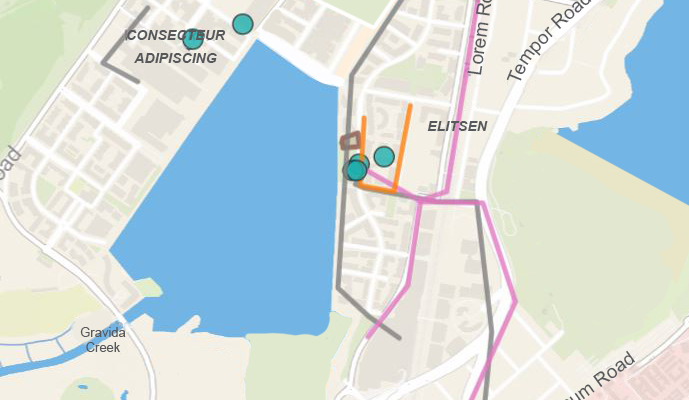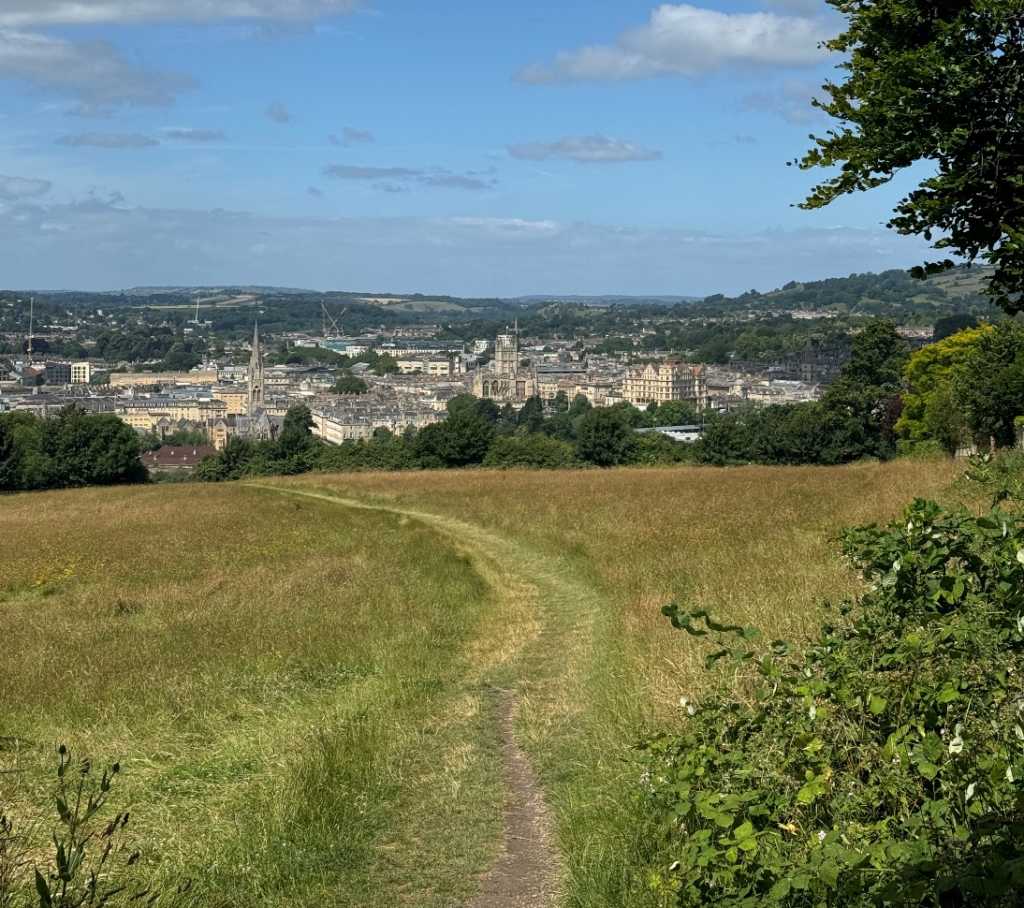City Know-hows

Target audience
Town planners and urban designers, GIS program developers and user experience designers.
The problem
Even though we know that public participation Geographic Information System tools are useful in understanding macro-scale environmental characteristics of urban spaces (i.e. location of places, routes and areas), the tools may not be sufficiently effective in identifying the micro-scale physical characteristics (e.g. sidewalk quality, furniture, building conditions).
We need to understand how the tools can be developed further to broaden their effectiveness for studies on micro-scale characteristics of streetscapes.
What we did and why
Our pilot study on Children’s Liveable Streetscapes employed multiple functions of an advanced public participation Geographic Information System tool to design a survey that was completed by parents of children aged 9-13. This study tried three different methods of participants’ engagement with the public participation GIS survey: purely online engagement, one-on-one conversations with the participants on-site, and organised group meetings in local schools.
The observation of respondents’ behaviour during their participation and the quality and quantity of responses were used to evaluate the effectiveness of the tool.
Our study’s contribution
Four challenges emerged in this study that undermined the efficacy of the tool:
Impacts for city policy and practice
Implications for urban design and planning, public participation GIS program developments and user experience design:
Further information
Not available.
Full research article:
The methodological challenges of using public participation Geographic Information System for understanding micro-scale physical characteristics of streetscapes by Fatemeh Aminpour, Kate Bishop & Linda Corkery
Related posts

Discover how our innovative audit tool transforms urban parks into activity-friendly spaces. Designed specifically for dense city areas, this tool helps decision-makers enhance park features, promoting healthier and more active communities.

Emotions are an inherent aspect of people’s lives, and understanding the emotional response of people to the built environment can offer valuable insights into the spatiotemporal characteristics of urban spaces and their impact on the well-being of residents.

Integrating green spaces into urban planning is crucial for public health. This framework guides cities in evaluating and optimizing their green space strategies to promote health and sustainability, aligning with WHO’s Healthy Cities initiative.